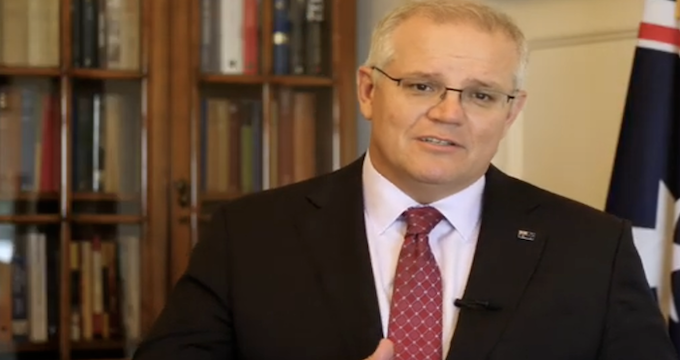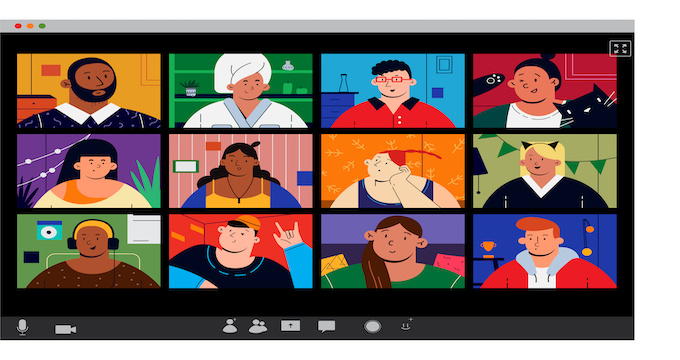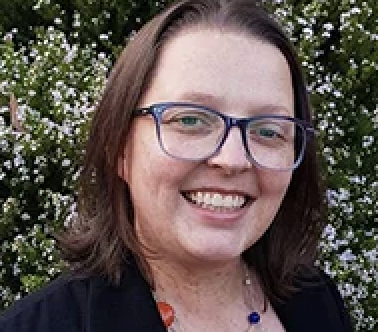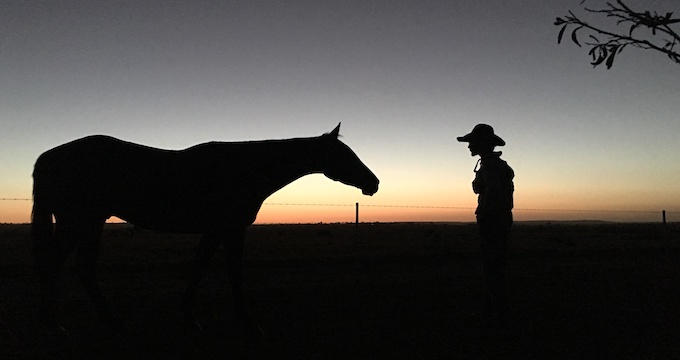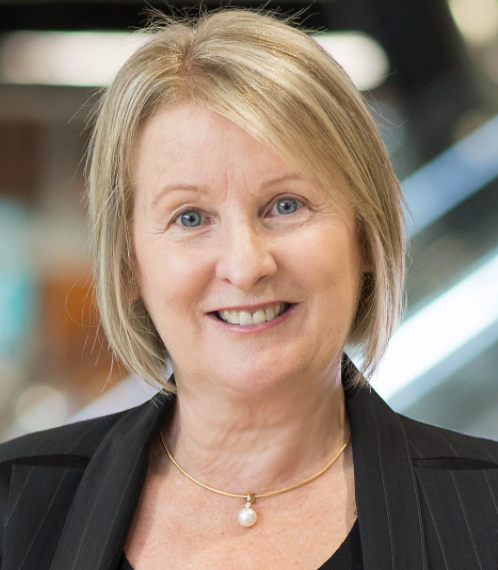Australia’s leading expert in visual methods and learning design wonders if learning designers actually had any hand in the creation of the Good Society resources.
Like many members of the public my first encounter with The Good Society Resources was through social media posts and the evening television news.
This was designed to be the learning resource for respectful relationships and as the menu bars show, are intended for use across the Foundation to Years 11-12 in Australian schools.
I have developed expertise over 40 years in visual methods and over many years I have developed a keen eye for the relationships that are set up between text and imagery in educational contexts. Landing on the first page of the resource my immediate reaction was one of stunned disbelief and shock. It’s gauche in fact. Given the resource is intended to support educational understanding for one of the most challenging and complex matters for children, young people and our society today, I was immediately taken aback by the visuality of the landing page. Issues of gender, class, identity, equity and ability are powerfully positioned—not for affirmative action, but to ‘other’ the very two groups of Australians that this resource is intended to be used by, students and teachers.
First impressions are of a screen that is loaded with a scattered and random visual display of ‘cuteness’ and stereotypical images of young Australians. The assumptions from the creators were possibly that the ‘cute’ would equal and symbolise appeal to the foundation to year 6 years and the ‘realist’ photographic images equal students in secondary schools from 7-9 including years 10-12.
Developing large scale professional learning resources is indeed a complex and expensive task. In Australia we have our own local history of the development of curriculum resources. As large and expensive initiatives, professional learning projects can be contracted to consulting groups, universities or created by Education Services Australia. [1] The development of large scale professional learning resources typically would employ a large team that includes learning designers to work alongside content developers. Learning Design is typically understood as the framework that supports learning experiences. Learning Design is also deeply connected to Design thinking. Specialists in these areas work closely with content area experts to support the decisions that need to be made about content, structure, time, pedagogical strategies, and sequences of learning, assessment tasks and the nature of the technology used to support learning.
A close-up examination of the imagery of the site is both confounding and concerning.
Over the last three decades, the use of imagery in online resources, school advertising, prospectuses and the like have been the subject of fine grained analysis by researchers who have an interest in the history of educational ideas and social change. A close-up examination of the imagery of the site is both confounding and concerning. Central to sound learning design is an answer to the question ‘is this the best solution for my user’ ? .
Bringing together a small gallery of images across the resource, a critical visual reading of these image based texts raises any number of tensions for the children and young people who are the intended audience of the resources and Australian’s teachers who are being asked to weave the materials into their curriculum planning and pedagogical repertoires.
The Good Society: F-6 examples
From the guidebook
Identity – Who am I? | The Good Society
Managing relationships | The Good Society
The Good Society: Years 7-9 examples from the workbook
The Good Society: Years 10-12 Consenting to Sex
The Good SocietyConsenting to sex | T
The Good Society: Years 10-12 Relationships
Relationships | The Good Society
The Good Society: Years 10-12 Gender
Whilst there are resources within the site that may be of interest and of use to professionals, the overall conception and messaging of the resource which is stated to be ‘part of the Australian Government’s Respect Matters program to support respectful relationships education in all Australian schools. (AND) It is an engaging, flexible, online program that helps students develop safe, healthy and respectful relationships’ (A Respect Matters Education Resource | The Good Society) when examined for its visuality and contribution to social change, the resource is a very poor attempt. When we experience such conundrums it is not however helpful to be disrespectful to those who may have created the resource.
A more productive way forward is to ask our community to make a judgement on whether the resource has been developed from the best evidence that we have at hand. Given what we know about the power of visuality and imagery through critical literacy and image based research, we would draw the conclusion that central to any professional learning on a major social issue which is relying on a web based resource, the visuality of the resource should be equally scrutinised as is the text across the design, development and trailing phases of the resource. Taking a small set of images from each section of the resource it is very evident that the intertextual relationship, that is, how the words and pictures speak to each other has been ignored. The complexity of the messaging is lost as the imagery is merely attempting to illustrate the text. Dominated by the use of crude and tacky line drawings and low quality animation that is often obtuse, rather than favouring an economy of the use of visual texts, where the voices of children and young people lead by, and include the creation of student led resources’ production, (think TickTok), a question has to be made about the usability of the resource. In regard to establishing and sustaining professional learning, there is little doubt that the area of respectful relationships is complex and tough territory and it will not be without controversy. If Australians are truly committed to this issue, we might be better advised to say, on this resource, we are not there yet and commit to a revision that will support all learners to be safe, healthy and enjoy respectful relationships.
[1] Education Services Australia (ESA) is a ministerial not-for-profit company committed to making a positive difference in the lives and learning of Australian students. ESA works with all education systems and sectors to improve student outcomes, enhance teacher impact and strengthen school communities. ESA provides:
- development, sharing and deployment of nationally owned technical data and assessment systems
- digital teaching and learning resources, tools and services
- information and communications technology services. https://www.esa.edu.au/about/about-us
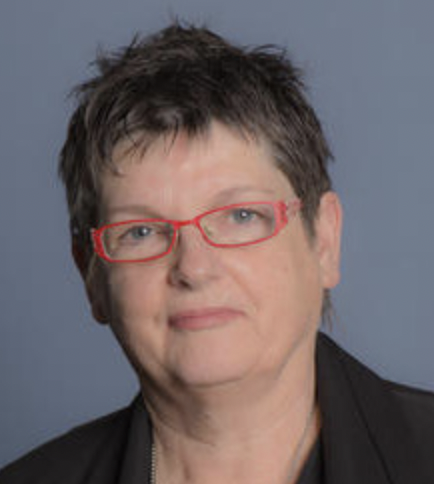
Julianne Moss is the Alfred Deakin professor and director, Research for Educational Impact, in the Faculty of Arts and Education at Deakin University and a former president of AARE.





















